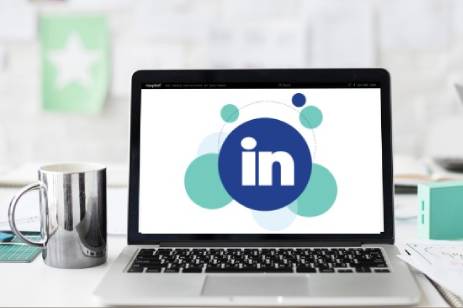A strong headline: Your headline should accurately and concisely describe your job title and experience.
Crafting a Powerful Headline: The Art of Accurate and Concise Job Title Representation
In today’s fast-paced and competitive job market, your LinkedIn profile or resume headline is often the first thing that potential employers, recruiters, and network connections see. It’s your digital handshake, your first impression, and in many ways, the most critical element in your professional online presence. This short but impactful line of text has the power to open doors, captivate attention, and set the tone for your entire professional narrative.
The Purpose of a Strong Headline
Your headline is like a billboard on the highway of your professional journey, instantly telling passersby who you are and what you bring to the table. Its primary purpose is to:
1. Convey Your Job Title: Your headline should clearly state your current job title or the role you’re seeking. This instantly informs visitors about your professional identity.
2. Highlight Your Experience: Beyond your job title, your headline should hint at your level of experience or expertise. It should leave no doubt that you are qualified for your chosen role.
3. Capture Interest: An effective headline isn’t just about stating facts; it’s also about sparking curiosity. It should prompt the reader to delve deeper into your profile or resume to learn more about you.
Elements of a Strong Headline
Now that we understand the importance of a headline, let’s break down the key elements that make it strong:
1. Accuracy: Your headline should be a truthful reflection of your current professional status. Misleading or exaggerated titles can damage your credibility and hinder your job search.
2. Conciseness: Brevity is key. A concise headline is easier to read and understand. Avoid jargon or overly technical terms that might confuse or alienate your audience.
3. Keywords: Incorporate relevant keywords related to your industry or role. This can improve your discoverability on job search platforms and make it easier for recruiters to find you.
4. Value Proposition: Go beyond your job title by adding a brief statement about what sets you apart. This could be a unique skill, accomplishment, or specialization that makes you a standout candidate.
5. Professionalism: Maintain a professional tone and avoid humor, slang, or overly personal information. Remember, your headline is a representation of your professional persona.
Examples of Strong Headlines
1. “Experienced Software Engineer | Specializing in Machine Learning and AI”
2. “Marketing Manager | Driving Brand Growth through Data-Driven Strategies”
3. “Registered Nurse | Dedicated to Delivering Compassionate Patient Care”
4. “Financial Analyst | Leveraging Data Analytics for Informed Investment Decisions”
5. “Graphic Designer | Creating Visual Stories that Leave a Lasting Impression”
6. “Recent MBA Graduate | Eager to Apply Strategic Leadership in Finance”
In conclusion, your headline should not be an afterthought but a strategic tool in your professional toolkit. It’s your chance to make a memorable first impression and pique the interest of those who come across your profile or resume. Craft it with care, ensuring accuracy, conciseness, and a touch of individuality that showcases your unique value in the professional world. Remember, your headline is not just a description; it’s your personal brand statement, so make it count.











 LOOKING FOR A JOB?
LOOKING FOR A JOB?